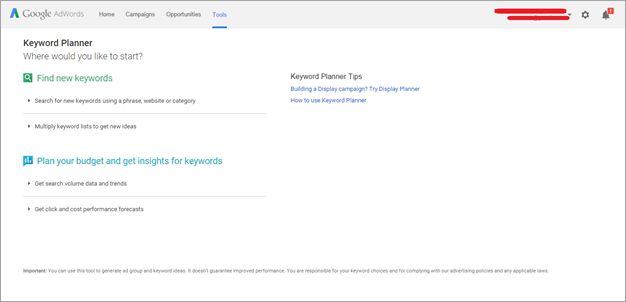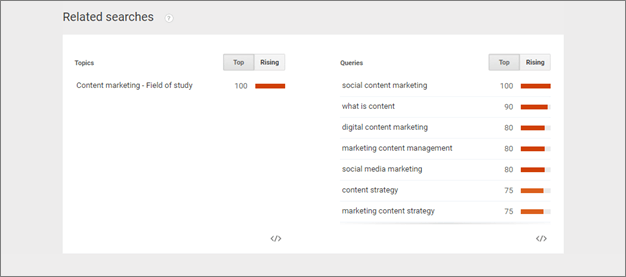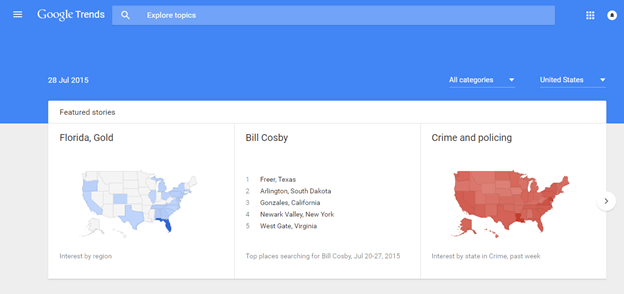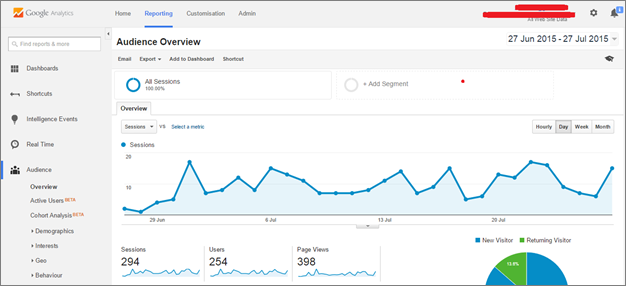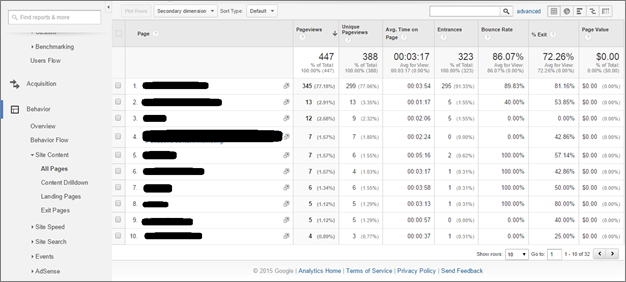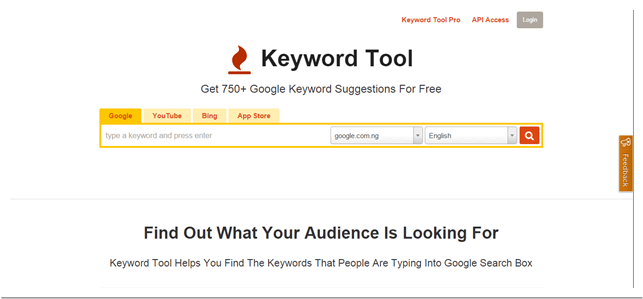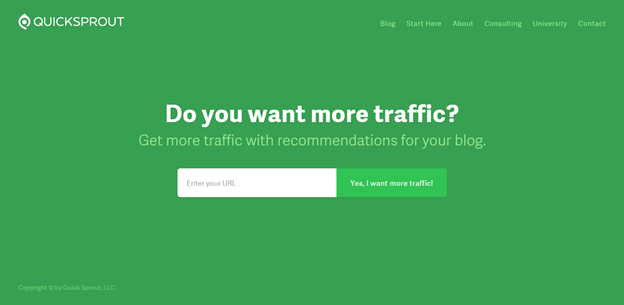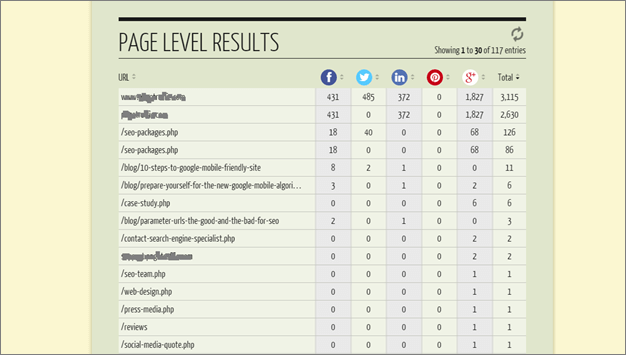Content marketing is becoming more important than ever before. Recent statistics show that B2B companies that uses content generate 67% more leads than those that do not.
While content marketing holds scads of benefits, it also involves some level of work; and finding the right tools to power your content marketing campaigns can make it even more daunting and time-consuming.
So, to help streamline the process, here are 7 helpful SEO tools you can use to improve your content marketing and position your business for growth:
1. Squirrly
Squirrly is a WordPress SEO plugin which lets you do keyword research right in your post editor.
If you like to write content that’s both SEO and human-friendly, then this tool is for you. It not only let you optimize content, but also lets you measure the success of the content optimized.
Squirrly has a number of tools on its dashboard, but one notable tool which can help boost your content marketing is the Keyword Research Tool.
This tool helps you find the most relevant keywords for your articles. It also finds keywords used by your competition based on the specific keyword you entered.
With those keywords, you can craft winning content that’ll get ranked.
Squirrly also shows what phrases are trending, useful for writing sharable content.
2. Google Keyword Planner
Though the Google Keyword Planner tool is mainly associated with PPC and SEO , you can also use it to enhance your content marketing strategy.
Specifically, there are three key features that are germane to content marketers:
- Search for new keywords and ad group ideasThis feature is useful for generating content ideas. When you enter a word in the search bar, the tool will generate new keywords from the search. From the new keywords, you can find content ideas that are related to the keyword you entered.
- Get search volume for a list of keywordsThis feature allows you to examine the popularity of the keyword. Precisely, you can see stats like average monthly searches and the level of competition a keyword has—high, medium, or low (though the level of competition is for PPC only).You can follow the stats to pick keywords that have high search volume and low competition (which are the best keywords to use for effective content marketing).
- Multiply keyword list to get new keyword ideasThis feature enables you to create new keyword combinations.It does this by allowing you to enter the keywords into different columns. By this, you’d be able to discover new keyword combinations that you can use as content ideas. This will help you pick long tail keywords which works best when it comes to content marketing.
3. Google Trends
Google Trends shows the popularity of a given search term over time; it shows how often people search for a keyword and where they are searching from.
This tool helps you stay ahead in your keyword research; it helps you see which keywords are best for your content strategy and which region to target.
Google Trends has many search-related features which can be useful for content marketers.
These include:
- Trending searches
- Trending on YouTube
- Top Charts
- Google Correlate
- Explore
These features will help you see where you’re going.
For instance, after doing your keyword research on Keyword Planner, you can run the keyword through Google Trends to see if it’s waning or rising in popularity.
Google Trends shows a list of related search term after entering a keyword; this makes it a breeze to find new content ideas that people are interested in.
For instance, after entering the term “content marketing,” Google Trends suggests the following keywords which also have high search volumes:
Using Google Trends, you can also create a yearly editorial calendar for your content marketing campaign. That’s because Google Trends shows you those events and topics that gain traction at certain times of the year.
While it’s not completely advisable to base your content on trends, Google Trends is a great way to discover what people are talking about in your niche market.
4. Ahrefs Content Explorer
One way of creating great content is to find the most shared content in your niche, follow its structure and try reproducing the same for yourself.
Content Explorer by Ahrefs helps you do just this.
With this tool, you can discover top-performing content in terms of social sharing, get to see the keywords used in the content, and model the same by crafting your own content around that topic.
This will help you come up with content that will outperform the competition or at least produce similar results.
Content Explorer is pretty easy to use: Just enter your keywords into the search bar and the tool will list out the most shared content based on the keyword you entered.
For instance, the screenshot below shows the results for “content marketing.”
5. Google Analytics
It’s not just enough to create content. The content you create should bring you a measurable ROI.
Google Analytics helps you measure the ROI of your content.
But beyond that, you can use Google Analytics for nearly every aspect of content marketing—brainstorming/idea generation, targeting, optimization, testing etc.
For one, you can use GA to see what content your visitors like and then follow through to create more of that kind of content.
You can do this by going to Behavior > Site Content > All Pages.
The result will look something like this:
6. Keywordtool.io
Keywordtool.io is a free tool for finding the words that people search for on Google.
This tool uses Google’s Autocomplete to provide users with great keyword ideas by generating over 750 long-tail keyword suggestions. It also works with 83 languages and 194 Google-owned domains.
Even more, Keywordtool.io allows users to export the keyword data to a spreadsheet where they can then examine and further categorize the same.
Here’s a screenshot example of Keyword Tool’s results with “content marketing” as the search term:
7. QuickSprout
While QuickSprout mainly shows results for SEO and site speed, you can also use it for content marketing purposes.
After entering your competitor’s URL, click on the Social Media Analysis feature. There, you’ll see which content on the site received the most social shares.
Here’s how it’ll look:
The information shown there will let you in on what types of content readers love the most. With that, you can go ahead and create something better.
Conclusion
With the right tools in your hands, you can improve your content marketing, make your website and blog more effective and drive as much traffic as you want.
Get your hands on the tools mentioned above, put them to use and better your content.
What tools do you use in your content marketing operations? Share with us in the comment section below.

